Read our Witcher 3 Wild Hunt review to discover why this RPG masterpiece still stands unmatched in storytelling, worldbuilding, and emotion even after more than 10 years of release.
The Witcher 3 Wild Hunt officially turned ten in May 2025, which means that it has been over a full decade since the game’s release. However, it still refuses to age like any other normal game. If we look at most other games from that time, they have either faded to nostalgia or have been replaced by shinier sequels or remakes. The Witcher 3 Wild Hunt however still continues to dominate conversations today, in gaming meme pages, and modding communities.
This is why many players feel that it is not just a game but a living breathing saga. If you are a hardcore Witcher fan, you have probably slain more drowners than the number of times you open your fridge. Still, when you hear that haunting soundtrack or see the sun setting over Velen’s muddy fields, you can’t help but feeling the same awe that you did the first time you played the game. This is why it is said that Witcher 3 is more than just a game; it is a living breathing saga. This game reshaped open-world storytelling forever. This is why it stands taller than many modern releases that try to capture even half its soul.
Here, we provide a detailed review of that game, analyzing what makes it so special after over a decade, and even discuss the few minor flaws it had, hoping that the upcoming Witcher 4 will improve upon these aspects!
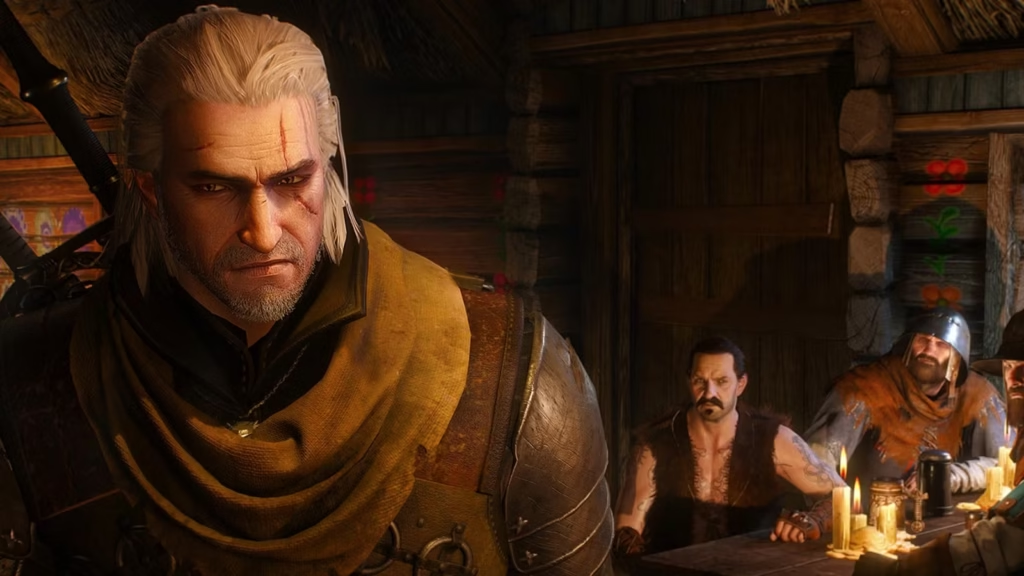
A Story That Ages Like Fine Wine
On the surface, The Witcher 3 video game looks simple; a man’s search for his adopted daughter, who is on the run from a terrifying force called the Wild Hunt. But if we call it a rescue story it’s like calling Shakespeare a mere playwright. The story of The Witcher 3 becomes an emotional odyssey through war, loss, love and destiny. Geralt of Rivia, our mutated monster slayer, isn’t a typical video game protagonist. He’s a gruff, sarcastic, professional monster slayer who happens to have a heart buried under decades of cynicism.
Ciri, on the other hand, is the spark that drives the entire narrative of the main story of the game. Referred to as the Child of the Elder Blood, she has earth-shattering power that also enables her to travel across time and space. This is what makes her a target of the Wild Hunt. The story is special because it is more than just about merely saving and protecting her, but the story explores what she means to Geralt, and what they both mean to the player. I’ve completed the game a total number of four times, and trust me, the reunion scene hits me every time. It feels that after going through endless quests, and putting 40-60 hours in the game so far, your hard work has finally paid off.
The side characters are what makes the game even more interesting and elevate it even higher. From the jolly dwarf Zoltan to the womanizing Dandelion to the morally complex and tragic Bloody Baron, every character you meet in the game feels alive and human. Even the monsters you slay in side quests have more tragedy and backstory in them than main villains of several other games. The game has immense attention to detail, which is what makes Witcher 3 Wild Hunt a lot more than just another fantasy RPG.
The Witcher 3 Characters That Feel Too Real To Forget
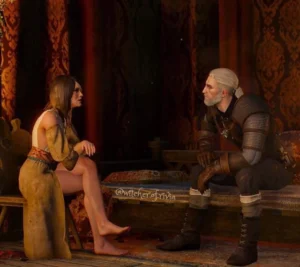
The key to any great story is its characters, and this is where The Witcher 3 video game absolutely shines. Each character is written with such depth that you can’t help but feel something, love, hate, admiration, or guilt. Geralt’s dry humor, Yennefer’s cold brilliance, Triss’s warmth, Ciri’s strength, and Vesemir’s fatherly wisdom all stay with you long after the credits roll.
Vesemir’s death scene, for instance, still breaks players no matter how many times you play. He barely gets two hours of screen time, yet his death feels devastating because the storytelling is so raw. It’s a moment that reminds you how powerful subtle writing can be. Few games manage to make you grieve for a character that barely has two hours of screen time, but The Witcher 3 pulls it off effortless!
Unlike the Netflix show, the game Witcher 3 and even its prequels stayed true to the books they were adapted from, which is what paid off!
A World with A Soul
One of the biggest reasons Witcher 3 Wild Hunt still connect with us is because every area has its own unique soul. Velen feels grim and hopeless, Novigrad buzzes with corruption and chaos, Skellige feels empty and mythic, and Toussaint (from the Witcher 3 DLC) looks like a fairytale world that has come to life.
This diversity isn’t just visual, it’s emotional. You can feel the tone shift as you travel between these lands. Even today, it wouldn’t be hard to see AAA games recycle cities and NPCs like plastic props and just put a new name on them. Well, that saves time and resources, but it reduces the emotional impact it can have on a player.
Witcher 3 Wild Hunt manages to give every region its own rhythm. For instance, you may notice villagers in Velen mutter about war and hunger, while in Skellige, peasants are boasting about ale and honor. Whether we talk about the gloomy mists in Velen or the golden sunsets in Toussaint, the game’s beautiful yet handcrafted atmosphere always keeps players returning.
Visuals That Outshine Time
Let’s be honest, many 2025 titles technically surpass The Witcher 3 video game in raw graphical fidelity. But they don’t always look better. That’s because CD Projekt Red never aimed for hyper-realism. They aimed for art direction.
Every frame feels painted, every vista carefully composed. The way sunlight hits the grass in Velen, or how candles flicker in Novigrad’s taverns, carries more soul than half of today’s cinematic games. It’s not realistic, but it’s emotionally real. Even in 2025, Witcher 3 Wild Hunt can easily rival new AAA releases that boast higher budgets but still lack atmosphere.
The Power of Choice and Replayability
No matter how many times you play this game, keep in mind that no two playthroughs of Witcher 3 Wild Hunt ever feel the same. Each decision, big or small, ripples through your world in unexpected ways. How you choose to spare a monster, deal with a sorceress, or deal with Ciri, the game constantly reshapes itself around your morality.
It’s not that the main story changes drastically, it’s that you change and your experience changes. Each playthrough gives you new angles, new emotions, and new consequences to live with. After four runs, I still find side quests I never touched before. And many still remain! That’s the sign of a truly great RPG, it doesn’t get old, it just gets deeper and more interesting with every replay!
DLCs That Actually Respect Players
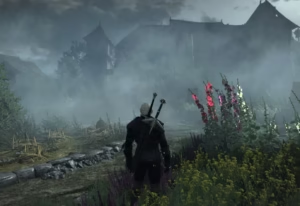
In a world where DLCs have become glorified cash grabs, Witcher 3 DLC stands as a masterclass in post-launch content. Hearts of Stone is a brilliant short story about love, death, immortality, consequences and most importantly the cost of making a deal with the devil. Featuring the enigmatic and unforgettable Gaunter O’Dimm, the DLC gives you multiple choices as well on how to deal with characters and consequences. Blood and Wine, on the other hand, feels practically like a full sequel, with an entirely new region, tone, moral depth, and a beautiful yet tragic vampire saga.
Both expansions expand the universe meaningfully rather than just trying to milk money from players. They feel like genuine continuations, crafted with care, not greed. To this day, few developers have matched that standard.
Why Other Games Still Struggle to Match It
Over the years, countless studios may have tried to recreate what The Witcher 3 video game achieved but they often miss the mark. They mistake size for depth. They confuse realism for emotion.
What CD Projekt Red nailed was balance. The writing is intelligent, the pacing doesn’t bore us, the characters feel real and human, which is why we feel sincere emotions. Immersion isn’t about how big the map is, or how realistic the visuals are. Every choice has a heartbeat, and every dialogue feels real.
Flaws and Frustrations, Because Even Legends Stumble
Of course, even legends have flaws. The Witcher 3 isn’t perfect, despite the fact that it is one of the best games ever made.
The combat, especially early on, can be clunky. Dodging sometimes feels awkward, hit detection can be inconsistent, and the skill tree can be a bit confusing to new players, especially because the game never tells you that you need to upgrade! Yes, it’s functional but not fluid. Once you adapt, it can feel satisfying, but it never reaches the elegance of Ghost of Tsushima or God of War.
Then there’s the map; beautiful of course, but a bit too large maybe? Despite being huge, it is ironically hollow in spots. Cities and villages make up only a tiny portion of the world, while the rest is littered with repetitive question marks and monster nests. Exploration starts exciting, but it can eventually turn checklist driven.
NPC behavior hasn’t aged perfectly either. Townsfolk still shout “Freak!” at Geralt while he’s saving their lives. Maybe this was intentional? Regardless, the world feels emotionally alive, but not always logically alive.
And of course, how could I not mention Roach. The horse who defies physics and common sense. She teleports onto rooftops, spawns behind fences, and occasionally into entirely new regions which is impossible to access on foot. She’s lovable, but also pure chaos.
One aspect of the game many players including me find frustrating is the Novigrad questline. While brilliant in story, it is too long, especially if you compare it to the Velen and Skellige arc. They can feel hilariously repetitive in structure. You spend hours chasing names to chase other names; Find Wh****on Junior to find Dudu to find Dandelion to find Ciri. It’s funny in hindsight, but at times, it feels like medieval bureaucracy.
Alchemy, too, can feel more like homework than adventure. Managing potions, oils, and ingredients is rewarding for fans who love depth, but for others, it’s overwhelming. And finally, let’s be honest, Geralt’s inventory system defies all logic. The man can carry five swords, ten armors, and 200 herbs without even wearing a backpack. Suspension of disbelief only goes so far.
Another frustrating aspect of the game is that after completing Witcher 3, we don’t see our decisions impact the in-game world in any meaningful way. Regardless of who wins the war, or how Ciri’s fate ends, the impact is only explained via a cutscene, but we don’t really see it in-game.
Yet, somehow, none of these flaws ruin our experience. If anything, they add charm. This is because what Witcher 3 did with its visuals, storytelling, emotions, is something that far outweigh these minor flaws.
Verdict : The Gold Standard for Cinematic Storytelling Games
Even after a decade, Witcher 3 Wild Hunt remains the gold standard for storytelling in gaming. Yes, imperfections exist, but the game doesn’t disappoint at all. Its choices make it personal, and its world makes it unforgettable. Few games can make players laugh, cry, and reflect all within the same questline.
CD Projekt Red didn’t just build a fantasy game. It feels like they built a monument to storytelling itself. If Witcher 3 Wild Hunt proves anything, it’s that some legends don’t fade, they grow stronger with time.
Rating: 9.5 out of 10 stars
If you loved reading our Witcher 3 review, make sure to follow us on Facebook. You can also read some of our other articles such as 7 Most Memorable and Thought Provoking Quotes from Witcher 3.
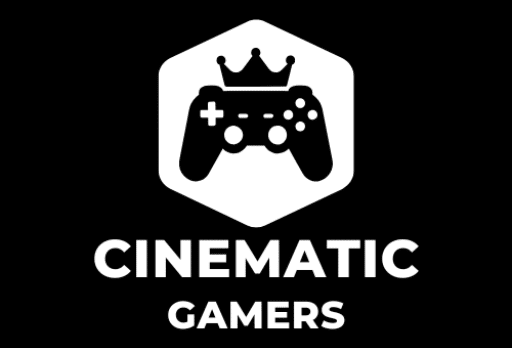
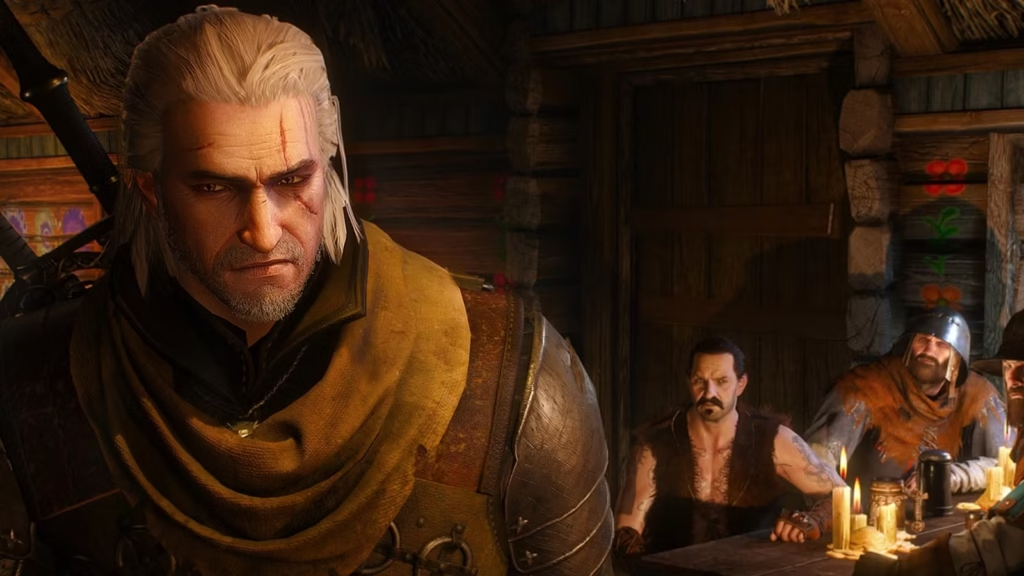
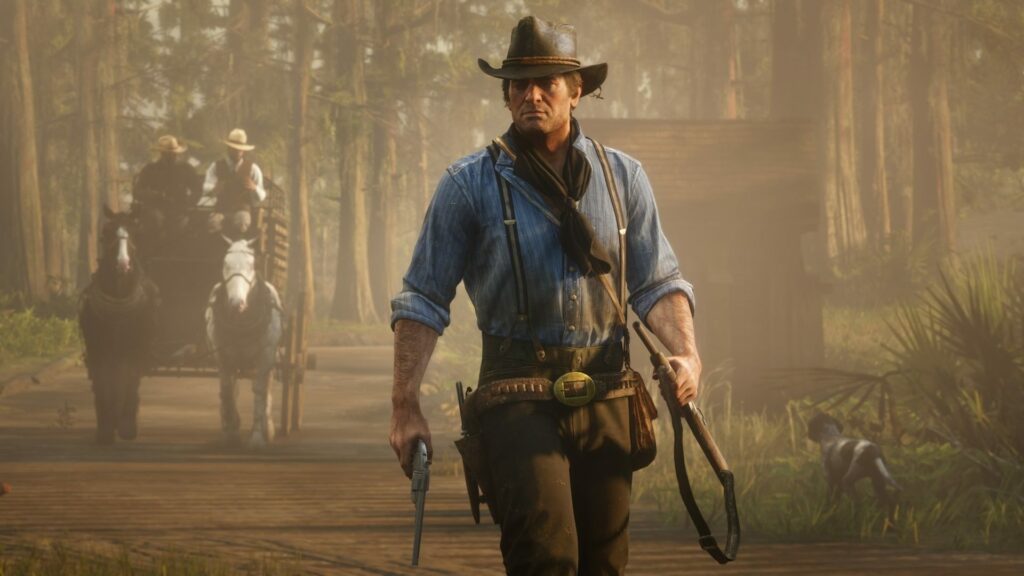
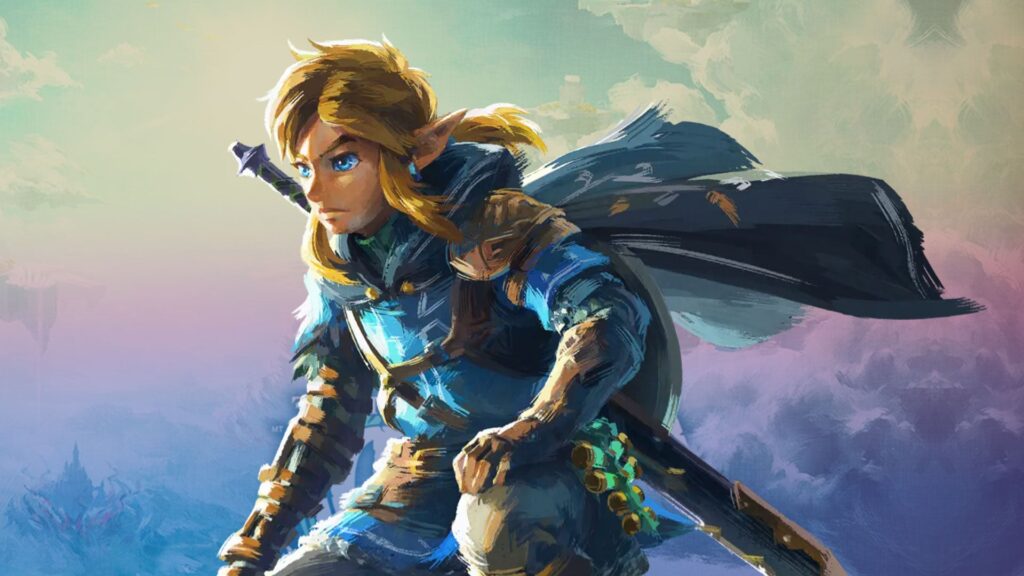
Pingback: Five Best Dark Fantasy Games Like Witcher 3 to play in 2025 - Cinematic Gamers
Pingback: Top 10 Most Tragic Witcher 3 Characters You’ll Never Forget - Cinematic Gamers
Pingback: 7 Most Memorable and Thought-Provoking Witcher 3 Quotes - Cinematic Gamers
Pingback: Five Best Actors Who Would Be Perfect for Geralt of Rivia from Witcher 3 - Cinematic Gamers
Pingback: Syanna vs Renfri: Who Was More Evil in The Witcher Universe? - Cinematic Gamers